The taxonomic treatment of the Large White-headed Gulls (LWHG) in Saudi Arabia has undergone various revisions over the years. Prior to 1970, and following the principle reference works for the region at the time, Vaurie – The Birds of the Palearctic Fauna, Non Passeriformes (1965) & Hue & Etchecopar –Les Oiseaux du Proche et du Moyen Orient (1970), only two species of Large White-headed Gull were recognised in Saudi Arabia, Lesser Black-backed Gull (Larus fuscus) and Herring Gull (Larus argentatus). This was because the two authors restricted Lesser Black-backed Gull to the two very dark mantled forms breeding in Europe, nominate fuscus and graellsii and included the paler mantled west Asian forms including armenicus, cachinnans, heuglini & taimyrensis in the Herring Gull complex. By 2002 Armenian Gull (Larus armenicus) and Caspian Gull (Larus cachinnans) were recorded as separate species and Heuglin’s Gull heuglini and the weekly defined Taimyr Gull taimyrensis and Steppe Gull barabensis were included in Lesser Black-backed Gull along with the nominate Baltic Gull fuscus. In 2007 G. Sangster et al – Taxonomic recommendations for British Birds 4th Report, suggested the following species, to better reflect recent advances in knowledge of the evolution and systematics of large gulls.
Lesser Black-backed Gull Larus fuscus (polytypic, including fuscus, intermedius, graellsii, heuglini, taimyrensis, barabensis)
Caspian Gull Larus cachinnans (monotypic)
Armenian Gull Larus armenicus (monotypic)
American Herring Gull Larus smithsonianus (polytypic, including smithsonianus, vegae, mongolicus)
Yellow-Legged Gull Larus michahellis (polytypic, including michahellis, atlantis)
Herring Gull Larus argentatus (polytypic, including argentatus, argenteus)

From this point onwards it became clear that five Large White-headed Gull types were identifiable with caution in Saudi Arabia, Steppe Gull, Caspian Gull, Heuglin’s Gull, Baltic Gull and Armenian Gull. Earlier in 2012 the first definite case of Yellow-legged Gull (Larus michahellis) was found and photographed in Saudi Arabia making the total six identifiable types. Their status in Eastern Saudi Arabia is as follows, as far as I have noticed in my time here, although these numbers are subject to change as I get more familiar with the species/sub-species and spend more years in the country.
Steppe Gull: 75-85%
Caspian Gull: +/-10%
Heuglin’s Gull: +/-10%
Armenian Gull: <1%
Baltic Gull: <1%
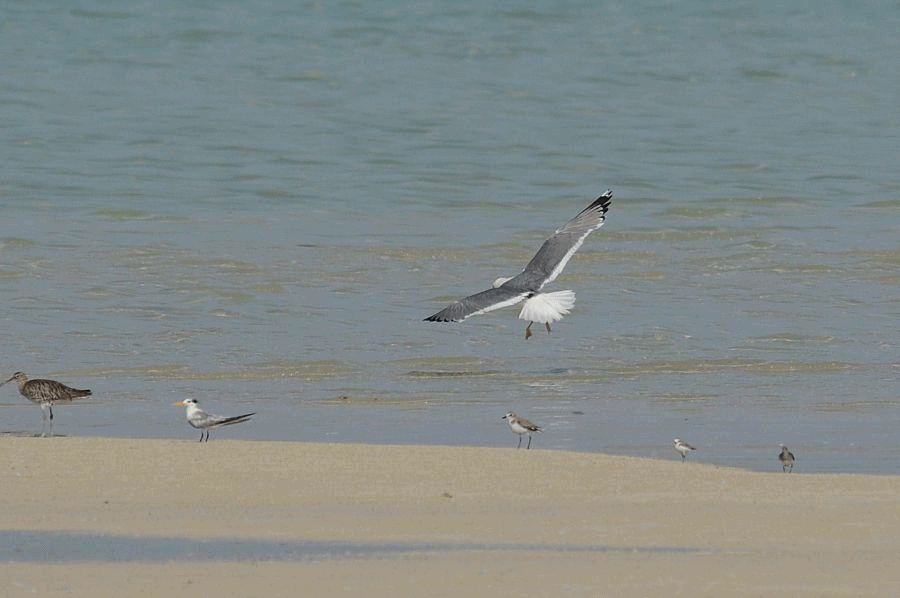
All the species/sub-species occur in the winter months only, with Steppe Gull being the first to arrive in mid to late August. All can be seen from late September onwards until March/April. Many of the birds appearances, including Steppe Gull, change over the winter period as they moult late and are in active moult on the winter grounds. As can be seen from the above list Steppe Gull is easily the most common LWHG in Eastern Saudi Arabia in winter with the majority of the world population wintering in the Arabian Peninsula and nearby areas.
Key identification pointers for Steppe Gull
-
Rather slender-looking and lightly built, though more heavily built individuals do occur
-
Lacks obvious tertial step
-
Slightly smaller than
cachinnans
-
Stands at a 45 degree angle, slightly tilted forward
-
Head appears rather rounded-looking.
Heuglini
are larger with relatively more massive heads and bills and can look ferocious
-
Very bright bare part colouration, especially from February onwards
-
Very yellow legs, though sometimes greyish with pinkish legs also possible, Legs of
cachinnans
are often yellow but not as brightly coloured
-
Legs are sometimes short or squat-looking and moderately thin
-
Often long, straight, slender looking bill with indistinct gonys which is less blunt tipped than cachinnans. The bill can appear quite short at times due to head shape
-
Bill often has a four-coloured pattern, with red gonys, black sub-terminal markings and pale tip
-
Darkish-looking rather small eyes, placed towards the front of the head, although some pale eyed birds do occur (such as the one in the photograph here)
-
Thin red orbital-ring
-
Darkish grey upperparts, Kodak Grey Scale 7 – 8.5, similar to
cachinnans
with some birds having a brownish cast and others a bluish one
-
Clean and reflective white under-parts and head
-
Head streaking, if present, is normally confined to the nape and is often very faint
-
Extensive black in the primaries in flight with the number of black marked primaries often reaching P3 (outer primary P10 and inner primary P1). P5 normally has a broad black band and P4 a black spot on the outer web
-
Mirror on wing is limited to P10, but occasionally also P9 (like the bird in the photograph)
-
In flight the underside of the flight feathers are grey against white coverts like
armenicus
and different to
cachinnans
-
Often obtains a full new set of primaries by January/February, earlier than heuglini but later than cachinnans
-
3 calendar year birds have very adult like upper-parts by March
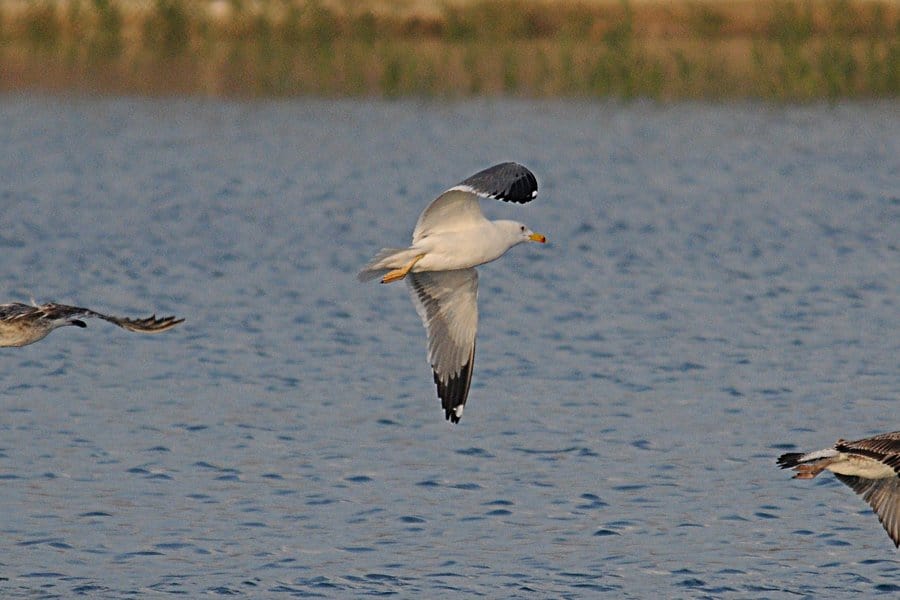
Note: The full range of identification features between barabensis and eastern cachinnans as well as from paler Heuglin’s Gull taimyrensis is not fully understood.
If you would like to know more on the status of Large White –headed gulls in Saudi Arabia and their main identification points please visit my website at this link http://www.birdsofsaudiarabia.com/p/large-gull-id.html
Jem Babbington
Jem Babbington is a keen birder and amateur photographer located in Dhahran, Eastern Saudi Arabia where he goes birding every day. Jem was born in England and is a serious local patch and local area birder who has been birding for almost forty years and has birded in more than fifty countries. Jem is learning to ring birds in Bahrain as a perfect way to learn more about the birds of the area. Saudi Arabia is a very much under-watched and under-recorded country.
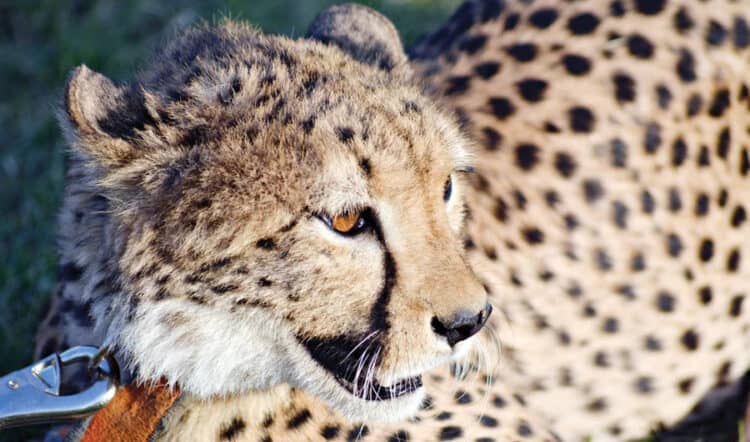

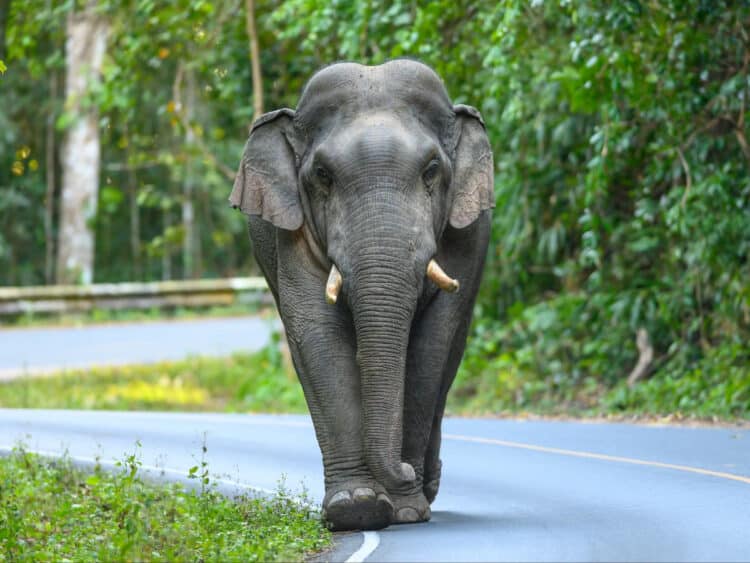
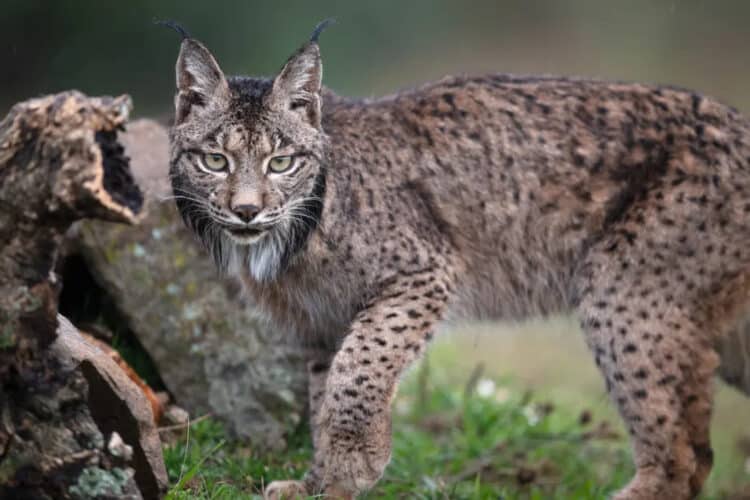
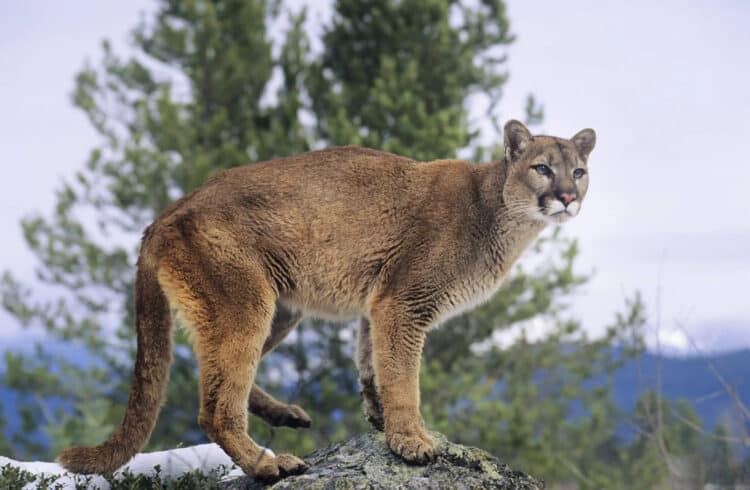
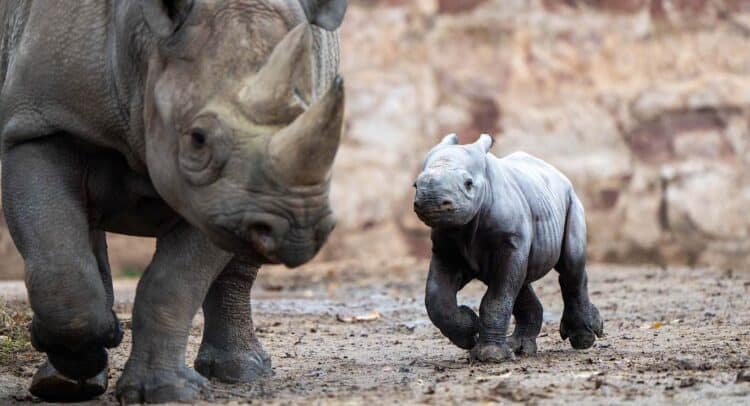
Leave a Reply